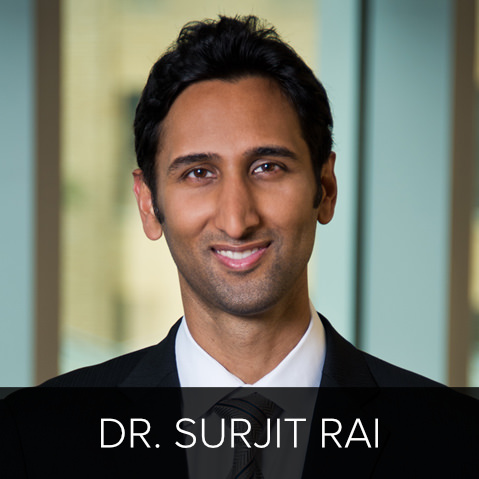What is a Scar?
Any time the skin surface is breached down through the second skin layer called the dermis, a scar will form. Scarring is the body’s way of healing the incision, burn or accidental cut. Fibrous connective tissue forms at the site and draws the skin edges together, forming a ridge which may be straight or may not, depending on the nature of the wound.
Scar Features
A skin scar has no hair follicles, blood vessels or sweat glands. It is not the same as skin cells and is more susceptible to UV rays. Scars typically take about a year to fully heal, shrink and fade. A normal scar becomes a thin pale line. But there are abnormal scars which remain red and raised (Hypertrophic scars) and can even spread well beyond the wound site (Keloid scars). In those cases, the body is producing too much connective tissue
Each person scars in an individual way, some more quickly and others more slowly or less effectively. Some have a tendency towards Hypertrophic or Keloid scars which appears to be genetic. There is surgery to remove an unsightly scar but since it cuts the skin it will create a new scar. But a skilled surgeon can perform the scar revision surgery so as to leave you with a smaller scar, and that is the purpose of the surgery.
The heart can be scarred by a heart attack. The scar forms in the heart muscle and weakens that muscle, so that heart failure is more likely in the future. Other body organs can also form scars, such as the eyes and kidneys, but bones heal without scarring.
Incision Sites
When you have a cosmetic surgery such as breast augmentation or a facelift, the incisions are carefully placed so as to give you the smallest and least-visible scars possible.
If there is a cosmetic procedure that you would like to know more about, please call or email our cosmetic surgery office to schedule a free consultation. Bring all your questions and we will answer them clearly.
Dr. Vasdev Rai
 Dr. Vasdev Rai has performed more than 25,000 cosmetic surgeries over his more than 30 years in practice as a Dallas plastic surgeon. He is a board-certified plastic surgeon who was first certified by the American Board of Plastic Surgery in 1983. Learn More...
Dr. Vasdev Rai has performed more than 25,000 cosmetic surgeries over his more than 30 years in practice as a Dallas plastic surgeon. He is a board-certified plastic surgeon who was first certified by the American Board of Plastic Surgery in 1983. Learn More...
Dr. Surjit Rai
 Dr. Surjit Rai was born and raised in Plano, Texas. Being the son of a plastic surgeon, Dr. Rai had the unique opportunity to see first-hand the impact a plastic surgeon can have. He knew at a young age that he would dedicate his life and academic career towards the goal of becoming a plastic surgeon. Learn More...
Dr. Surjit Rai was born and raised in Plano, Texas. Being the son of a plastic surgeon, Dr. Rai had the unique opportunity to see first-hand the impact a plastic surgeon can have. He knew at a young age that he would dedicate his life and academic career towards the goal of becoming a plastic surgeon. Learn More...
